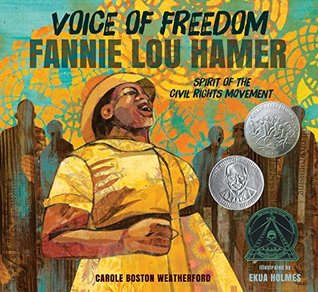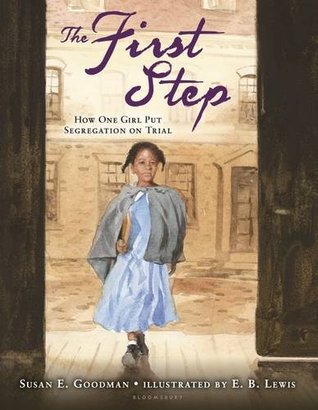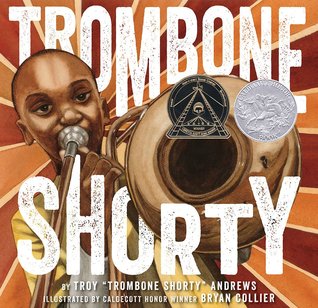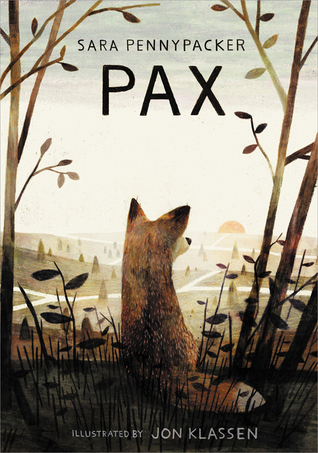by Rebecca Kai Dotlich
illustrated by Matthew Cordell
Boyds Mills Press, 2016
We are thrilled to be celebrating a wonderful new book that is destined to become a classic read aloud...on World Read Aloud Day!
The Knowing Book takes the reader along on the main character's journey from the comfort of home, out into the world to live and grown and learn, and then back home again. It is a wise book, a book of the heart, a book that will surely be given at many baby showers and graduations, and read aloud at important milestones in children's lives.
We were lucky enough to ask the author and illustrator some questions about the book and their process. Interspersed between the Q/A are some early sketches by Matthew Cordell.
When you wrote the book, what were your hopes for readers?
That they would find some comfort in knowing they aren't alone, that there are things they can always count on, that there are universal miracles that no one can ever take away from them; the sky, the stars, the overwhelming oneness and the magic of knowing the world is big and wide and always waiting, whether it be with a new adventure or a new hope in a hopeless situation. More than anything I hope they feel untroubled in some way. –Rebecca
Did you work together as author and illustrator? Can you talk about the process of creating this book together or separately?
Typically authors and illustrators do not work together in a close collaboration. The editor and/or art director of the book is the point person and all comments and communication are ran through that channel. But it was an open channel, and Rebecca and I were both very open to any thoughts and suggestions from each other. Our editor, Rebecca Davis is incredibly insightful and thoughtful and caring too. It was just a wonderful, wonderful process--beginning to end--of fine tuning this book to get it just right. –Matthew
I agree with everything Matthew said. And I love how he refers to it as "an open channel." We both felt so deeply about this book, and I think put so much of ourselves into it, in ways I'm still figuring out. To get each detail, each nuance right, we all had to listen to each other and be open to and respect what the other's artistic expression and heart wanted to share on the page. We were very lucky that our editor was a two-way guiding light. –Rebecca
This book, although a picture book, seems to have a strong message for people of all ages and in all stages of life. Who were you thinking of when you had the idea for this book?
When I had the idea, the feelings and emotions had come from where I was emotionally, and that was sad and a bit hopeless. But then I immediately thought of children who might feel somehow lighter, less burdened, more hopeful if they really, really thought about the universe always being there for them. But after it was all written and rewritten and I looked at it with new eyes, I realized it could be for anyone, any age. —Rebecca
The title is brilliant. Was it the first idea you had or did it evolve?
Thank you, first of all! I would have said it was The Knowing Book from the start. But as I was putting together all of my drafts and correspondence having anything to do with the manuscript into its own box (I keep labeled boxes for each book) I saw a draft that had The Always Book jotted down, then crossed out with The Knowing Book written next to it. The "always" would have referred to the line "it is what you will always know." But I remember now repeating the word know, know, know, over and over and realizing that was the most important thought I wanted the reader to gain; that these are the things they will always know. –Rebecca
How did you decide to illustrate this as a bunny rather than a child? What process did you go to to decide on that?
We went through a series of tests before I began illustrating the book. I wanted the character to be universal. I wanted all boys and girls (and grown-ups too) of all different backgrounds and ethnicities to be able to plug her or himself into this book and these words. In my experience, making the character an animal--if it works--is a sure fire way to do this. I tried a few different animals at first. A bear, a mouse, and a rabbit. The bear and mouse had the sweet sincerity I wanted, but they were almost too cute. And this book is not about being cute. It's much more honest than that. Of the three, the rabbit had the most insightful and inner wisdom and worth. We did also try a child, for the sake of trying. I did some sketches of a child that might be construed as a girl OR a boy. Depending on who might be reading it. But in the end, the rabbit was a unanimous choice. –Matthew
The illustrations and text work together to be serious and hopeful. How did you accomplish that?
I'm so glad to hear you say it that way. Because that's how I hope readers will see it. I think everyone who worked on this book saw and wanted for the same things. It really was such a good fit! If anything ever strayed from that path, it was gently corrected back into place by someone. From the moment I read Rebecca's manuscript I had a vision in my mind of how it would play out. I never wanted this book to be silly of funny or even sweet. Joyful, yes. But even dark at times, in a poignant sort of way. Real. Because that is real life for all of us. Children and adults. –Matthew
I'd like to add that my hope had been for The Knowing Book to be illustrated in a thoughtful, serious ("joyful" is perfect) way mixed with a whimsical spirit roaming through the pages. And Matthew made it happen. –Rebecca
It seems like your work is so perfect together! Will you do more books together, do you think?
Gosh, I sure hope so! I love Rebecca's writing. It was an honor to be chosen to illustrate KNOWING, and I hope it's not the last! –Matthew
I second that. I have my hopes that down the road there will be a very special book I write that might be just right for another Matthew Cordell pairing, and that he'll say yes when he sees it! –Rebecca
Thank you, Rebecca and Matthew for joining us on your blog tour, and congratulations on a fabulous collaboration.































